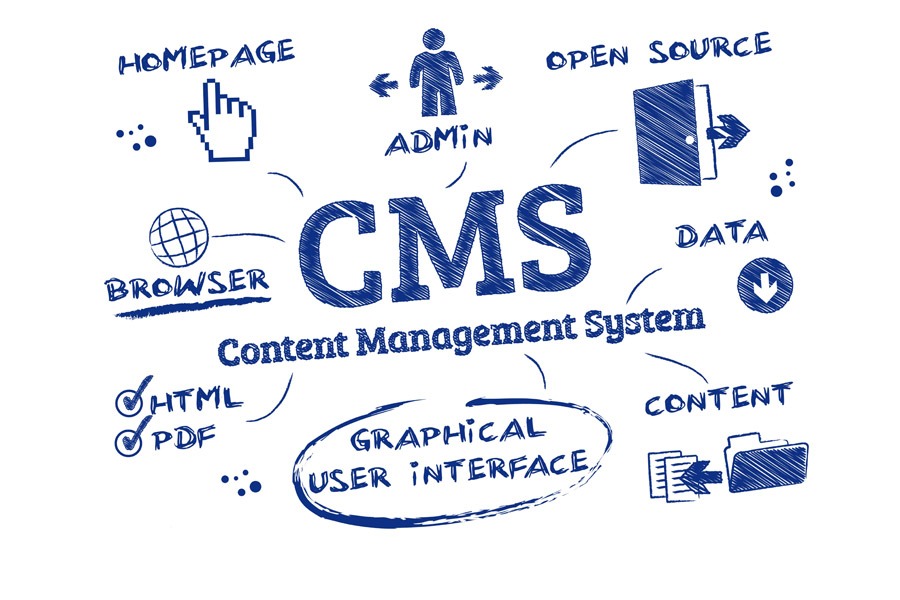


When selecting a content management systems (CMS) for your business, it helps to comprehend the variances between the numerous types, their features and functions, and pricing models.
Types & examples of content management systems:
You can download open source CMS software at no initial cost. There are no authorization or advancement fees, or agreements. However, with open source CMS you may have to pay for:
 Examples of the most widely used open-source CMS platforms include:
Examples of the most widely used open-source CMS platforms include:
You can install and manage open source CMS on a web server. While most answers work out of the box, countless customizations are available to meet the different business needs, such as plugins for e-commerce websites, tools to help you enhance content for search engines or customize your design themes and plans.
Proprietary or saleable CMS software is built and managed by a single company. Using such CMS generally involves:
You may also need to pay additional costs for customization and upgrades, as well as for training and ongoing technical or user support.
Examples of popular CMS solutions include:

You can usually modify proprietary CMS with built-in functionalities, although this may come at extra cost. If possible, look for a CMS solution that meets all of your necessities out of the box. If you are applying a proprietary CMS with an existing website or back-end system, be aware that this may require extensive development work.
SaaS CMS solutions usually include web content management software, web hosting, and technical support with a single supplier. These are cybernetic solutions hosted in the cloud and based on a subscription model, usually on a per-user or per-site basis. The pricing usually includes:
There are two types of cloud content management systems:
Cloud CMS offers some noteworthy benefits to small and medium-sized businesses. For example: